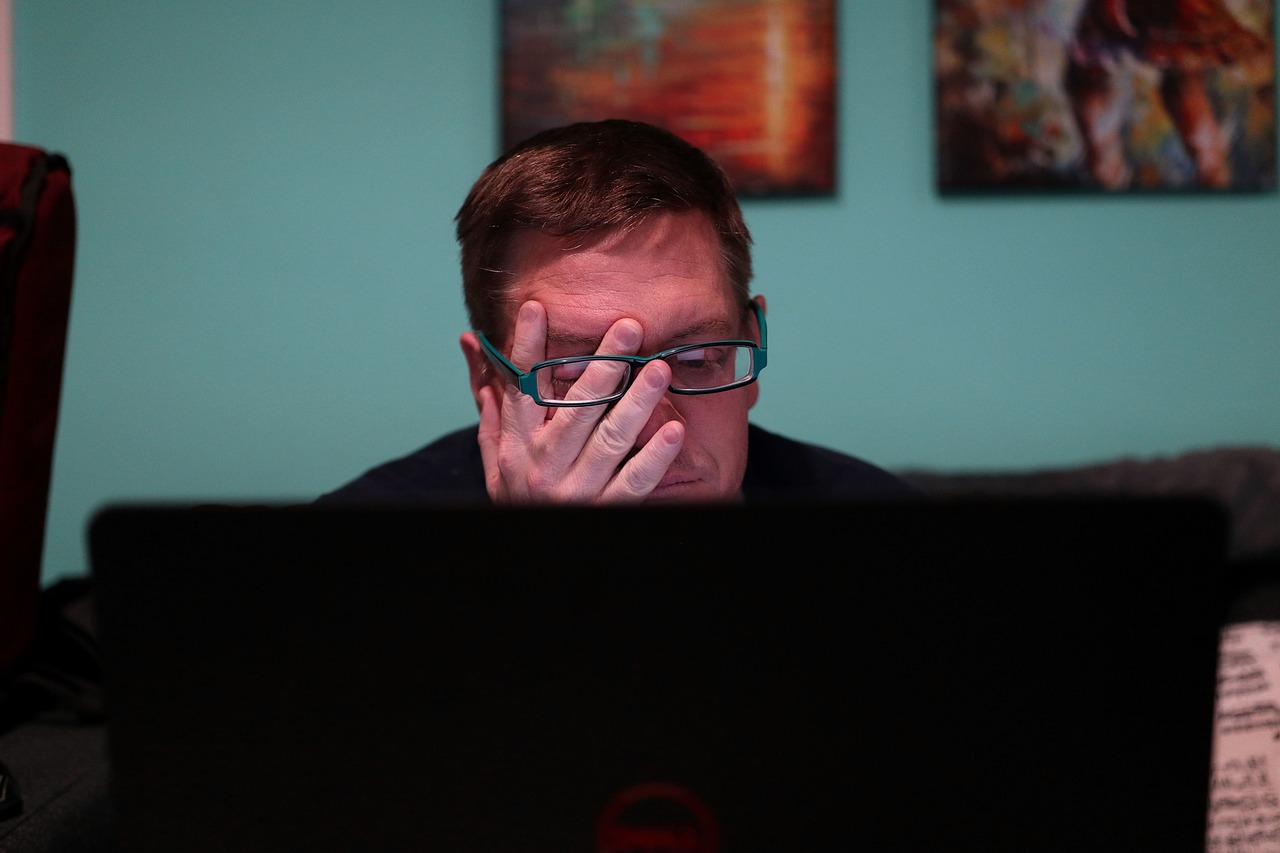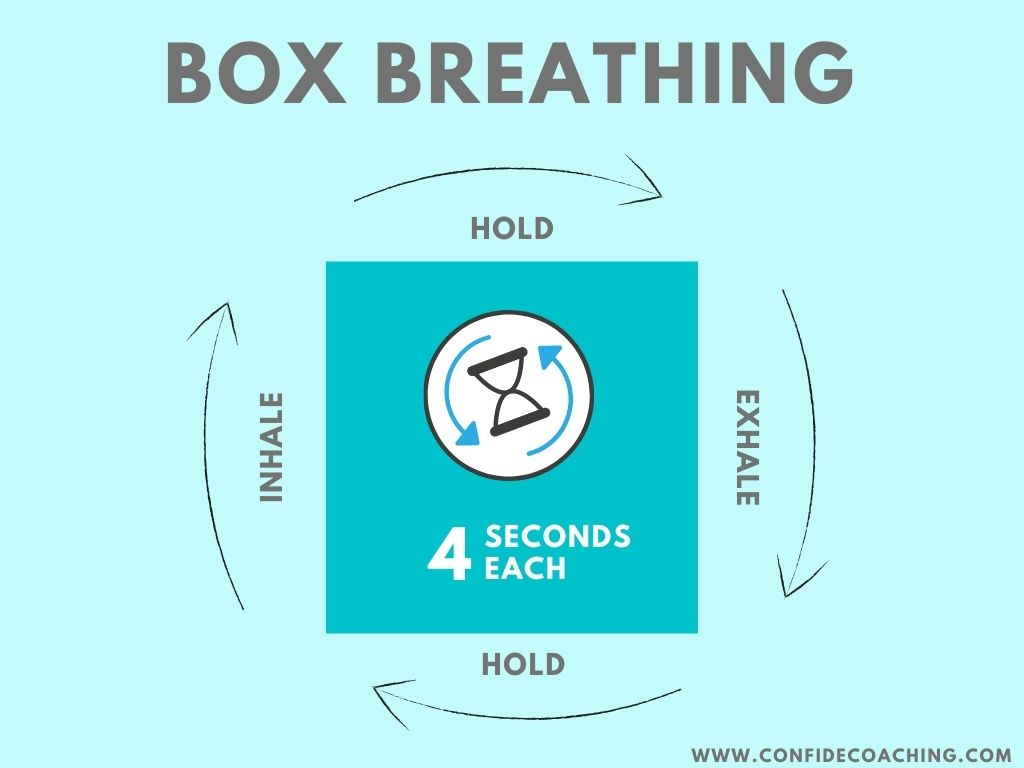
It’s 3 o’clock on a Tuesday afternoon and Steven – a successful business executive – is feeling overwhelmed. His eyes are heavy, his shoulders tense and his mind foggy, as he struggles to make sense of the email he has just received. Paralyzed by a lack of motivation, he stares at the screen, feeling increasingly fatigued as his eyes repeatedly move across the words, but his brain doesn’t take anything in.
He takes a deep breath, but it feels shallow and unsatisfying. Steven knows he needs to push through the rest of his workday, but can’t shake the feeling that his body is failing him. He doesn’t want to show weakness and tries to combat the burnout with more caffeine and a faster pace, but deep inside Steven knows the truth–that the feeling is going to come back.
In our fast-paced society, many of us are struggling to keep up with the demands of our daily lives. Unfortunately, this breakneck speed is taking a serious toll on our health. One of the unspoken truths of our hectic lifestyle is that shallow breathing, our body’s instinctive response to stress and burnout, can lead to a long list of physical and mental health issues.
This article will explore the impact of shallow breathing on our physical and mental health, and how some simple breathing techniques and life coaching strategies can help executives combat the effects of shallow breathing and stay healthy.
The Effects of Shallow Breathing: Understanding the Consequences of Inadequate Breathing
Shallow breathing is a common breathing pattern that involves taking short, quick breaths, usually from the chest instead of from the diaphragm. Although it may seem harmless, shallow breathing can have significant negative effects on both physical and mental health, as it triggers the body’s stress response.

Shallow breathing means you’re not getting enough oxygen where it needs to go.
Insufficient Oxygen
When we breathe shallowly, we don’t take in enough oxygen to meet the body’s needs. In severe cases, it can even lead to hypoxia, a condition where the body’s tissues are deprived of oxygen, which can be life-threatening (1).
Negative Physical Effects of Shallow Breathing
Shallow breathing can also have other negative physical effects on the body. It can lead to a range of physical symptoms such as dizziness, shortness of breath, fatigue, and headaches. Our heart rate can increases and our blood pressure can rise. Over time, this can lead to chronic stress-related conditions such as high blood pressure, cardiovascular disease, and even stroke.
Negative Mental Effects

Modern life seems to keep speeding up.
In addition to its physical effects, shallow breathing can also have negative mental effects. It can lead to feelings of anxiety, stress, and panic, as well as contribute to the development of depression and other mood disorders. Shallow breathing can also cause cognitive impairment, making it harder to concentrate, remember, and process information.
Rising Above Burnout: Breathing Techniques and Life-Coaching Strategies That Work
Fortunately, there are solutions to the problem of shallow breathing that can help mitigate its negative effects on both physical and mental health. In the following paragraphs, we will explore effective breathing techniques and life-coaching strategies that can help rise above burnout and improve overall well-being.
Breathing Techniques:
If you’re feeling stressed, anxious, or overwhelmed, one of the simplest and most effective ways to calm your mind and body is through deep breathing. By taking a few deep breaths, you can quickly shift your body from a state of stress to a state of relaxation and calm.
Here are three examples of how deep and slow breathing can help reduce stress and promote relaxation:
Square breathing, also known as Box breathing technique

To practice square breathing, find a quiet place, take a comfortable sitting position and inhale deeply for four counts, hold your breath for four counts, exhale for four counts, and hold your breath for four counts before starting again. This breathing exercise works by slowing down your breathing and activating your parasympathetic nervous system, which tells your mind that your body can relax.
• Box breathing helps reduce heart rate and lower blood pressure.
• Increases oxygen levels in the body, which can reduce fatigue and improve mental clarity.
• Can be done anywhere and anytime, making it a convenient tool for managing stress and to calm anxiety.
Diaphragmatic breathing exercise
Also known as belly breathing, diaphragmatic breathing involves breathing deeply from the diaphragm, rather than from the chest. This simple technique can help you feel more centered and grounded, as well as reduce stress and decrease anxiety.
• Helps manage stress levels and works as a natural tranquilizer.
• Stimulates the vagus nerve, which can help reduce inflammation and promote relaxation.
• Can be practiced lying down, sitting, or standing, making it a versatile technique for deep relaxation and excellent practice for falling asleep.
4-7-8 breathing technique

The great thing about breathing exercises is that you can do them anywhere.
To practice the 4-7-8 breathing technique, inhale deeply through your nose for four counts, hold your breath for seven counts, and exhale slowly through your mouth for eight counts. This technique works by slowing down your breathing and regulating your heartbeat, which can help reduce stress and anxiety.
• Reduces tension in the body and promotes relaxation – a great method for better sleep.
• Stimulates the parasympathetic nervous system, which helps your body relax and promotes a sense of calm.
• 4-7-8 breathing can also help increase energy levels by promoting deep breathing and improving oxygenation of the body.
The reason deep breathing has so many benefits is that it helps shift your body from a state of stress and anxiety to a state of relaxation and calm. By taking a few deep breaths, you can slow down your heart rate, increase oxygen flow to the body, and stimulate the parasympathetic nervous system, which helps you relax and have a better stress response. With regular practice, deep breathing, including the 4-7-8 breathing technique, can become a powerful tool for managing stress and anxiety and promoting overall health and well-being.
While the above breathing techniques can help you cope with stress in the moment, what about the root cause of our stressful thinking in the first place? This is where life coaching comes in…
Life-Coaching Strategies
For busy business executives who feel pressed for time, the idea of prioritizing self-care, setting boundaries, and practicing gratitude may seem counterintuitive. However, these life-coaching strategies can be incredibly effective in combating stress and burnout.
Prioritize Self-Care
One of the most important life-coaching strategies to combat burnout is to prioritize self-care. This can involve setting aside time each day for activities that promote relaxation and stress reduction, such as exercise, meditation, or hobbies that you enjoy.

Prioritizing self-care is crucial to your overall wellbeing.
An experienced life coach can help you create time for yourself and for the things that matter the most to you by assisting you in identifying any unhealthy practices and habits that might be sabotaging your progress and fulfillment (not to mention healthy sleep!).
They can also help you develop a game plan to make better use of your time and energy. This can include setting boundaries (see below), creating achievable goals and objectives, and developing strategies to take small but meaningful steps toward achieving them.
Additionally, a life coach can help you to identify ways to create more balance in your life and better manage stress, helping you to create a more sustainable lifestyle that works for you.
Set Boundaries
This life-coaching strategy is a powerful tool that can help you create healthier relationships in your life. Boundaries are limits that you set in order to protect yourself and your values. This can involve saying no to additional responsibilities that you do not have the capacity for or setting limits on your work hours to ensure that you have time to recharge. By setting boundaries, you can create more space in your life for the things that are important to you.
Practice Gratitude
Practicing gratitude is an incredibly powerful and effective tool for preventing burnout. Taking time each day to reflect on the good things in your life can have a profound impact on your mental health, helping to reduce anxiety and negative emotions, while increasing feelings of positivity and well-being. It’s important to take a few minutes each day to focus on the things we are thankful for, including the people, experiences, and opportunities that make our lives better.
Video: How to Write a Gratitude Journal
Keeping a gratitude journal is a potent way to increase feelings of happiness and positivity. Writing down the things you are grateful for helps to shift your focus away from negative thoughts and can increase your sense of contentment. It can also help to remind you of all the good that exists in your life and create a more optimistic outlook. Regular journaling can help to create an atmosphere of thankfulness and appreciation for the blessings you have and can help to foster a more positive attitude overall. Write down or share these things with others, as verbalizing them can help to reinforce feelings of gratitude. Making gratitude a part of your daily routine can ultimately make a huge difference in your overall outlook and help to keep feelings of overwhelm at bay.
Incorporating relaxation techniques and breathing exercises, as well as life-coaching strategies into your daily routine, can be invaluable tools to combat stress and burnout, while also promoting overall well-being. Even though these strategies may appear to be counterintuitive in a highly competitive business world, they can be a powerful aid in helping you surpass burnout and attain greater success in all facets of life.
Take-Home Message on Breathing Techniques

Setting boundaries and learning to say no in the workplace is important to avoid burnout.
Shallow breathing is a common symptom of stress and anxiety, affecting over 80% of the US population (2). Research has also shown that shallow breathing is a significant risk factor for burnout, a common condition among executives and business leaders.
The impact of stress is substantial, with approximately one million Americans missing work each day due to stress. Moreover, workplace stress spills over into personal relationships, with 76% of people reporting that it negatively affects their connections with others.
Stress, regardless of its origin, has an impact on all the bodily and cognitive systems that are essential for the proper functioning of the brain and body. If stress persists, it can result in various health issues, both mental and physical, such as changes in brain structure and nervous system as well as impaired immune system functioning(3).
By paying attention to the quality of our breath, we can identify times of heightened tension throughout the day. This recognition is the first and most essential step towards managing our stress. We can take a few minutes to intentionally practice deep breathing and use life-coaching strategies, such as establishing boundaries and prioritizing self-care, to regain control of our emotions, thoughts, and actions. This will help us to more effectively cope with our stress response and regain control of our lives.

Paul Strobl, MBA, CPC
Owner of Confide Coaching, LLC
Paul is a Master Life Coach for individuals, executives and business owners. Originally from Houston, Texas, he has been location independent for most of his adult life. He currently resides in the Rhodope Mountains of Bulgaria near the Greek border with his brilliant wife, 13-year-old stepson (officially adopted in 2021!) and a Posavac Hound rescue.
References
-
- Hypoxia. Cleveland Clinic. https://my.clevelandclinic.org/health/diseases/23063-hypoxia
- The American Institute of Stress. https://www.stress.org/workplace-stress
- Psych Central. https://psychcentral.com/stress/is-stress-the-number-one-killer

